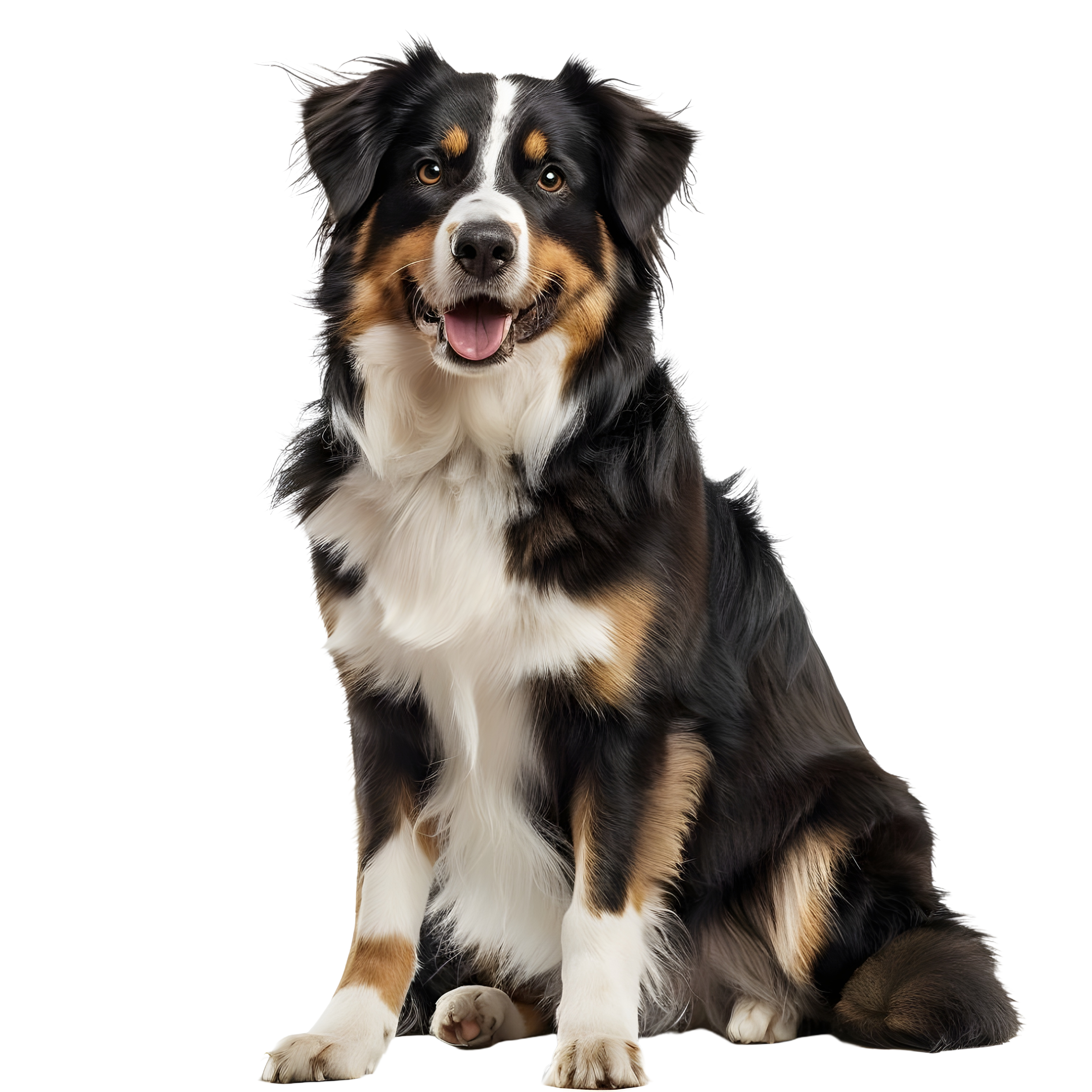Never Too Old: How to Exercise a Senior Dog
There comes a time in every dog's life when a walk around the block just isn't that easy anymore. But what to do when Rex is simply too old to do what he did as a younger pup? Despite any conditions that might afflict poor Rex, such as arthritis or obesity that are common among older dogs, it's important to keep up some form of exercise. It's been shown that regular exercise for senior dogs has a positive impact on muscles, joints, weight and even circulation. But you can't expect to play fetch for hours or walk a country mile with an aged Millie as you once did when you first brought her home from the shelter. So what are your options? Let's explore. 
Walk
Perhaps the first thing you did with your new pup was to take her/him for a walk. Most dogs love to walk and will continue to do so well into their advanced years. According to the American Kennel Club, senior dog owners should be aware of the following:- Pace: too fast isn't good for older dogs, particularly those that are overweight or have degenerative joint disease
- Weather: it's never a good idea to walk any dog, regardless of age, on a hot pavement; stick to grassy or other non-asphalt areas. Ice and snow, too, can be tricky for older dogs
- Duration: gone are the days of a two- or three-mile hike with your four-legged buddy; around the block or less might be it for a senior dog, but even a little bit has major benefits
Swim
From improved flexibility to heart health, the benefits of swimming for elderly people have been well-documented. Senior dogs, too, can reap benefits of taking a dip. It's perhaps the best way they can get regular exercise without the impact on joints. There are some different exercises you can try; check 'em out! Some facilities are devoted to physical therapy for dogs and many utilize swimming pools and aquatic activities. Check your local area to find one you and your elderly dog can enjoy. 
Games
Long games of fetch are out, of course; and running an obstacle course is off the table. But most senior canines can handle short, non-athletic games, such as NoseWorks or even brief turns at tug o' war with a favorite plush or rope toy. Toys that allow you to hide treats in them and make the dog work to get the reward, like the classic Kong toy or the IQ Treat Balll, are a great way to keep your older dog engaged and active, both mentally and physically. Mental exercise is as important as physical activity for elderly dogs, just as in people! It should be noted that dogs are NOT good at expressing pain; be in tune with your aged pup and notice signs that he/she has had enough. Limping, excessive panting and slowing down the pace while walking are signs that your dog may have reached the limits of activity. Never push through the pain for an elderly dog.
Finding it difficult to give the time ol' Roxie or Ruff needs? We at Sparky Steps understand and we are here if you need us. If you found the info here helpful, please share with all your friends who might be struggling with finding ways to keep their senior dogs moving.
Written by Harrison Howe



